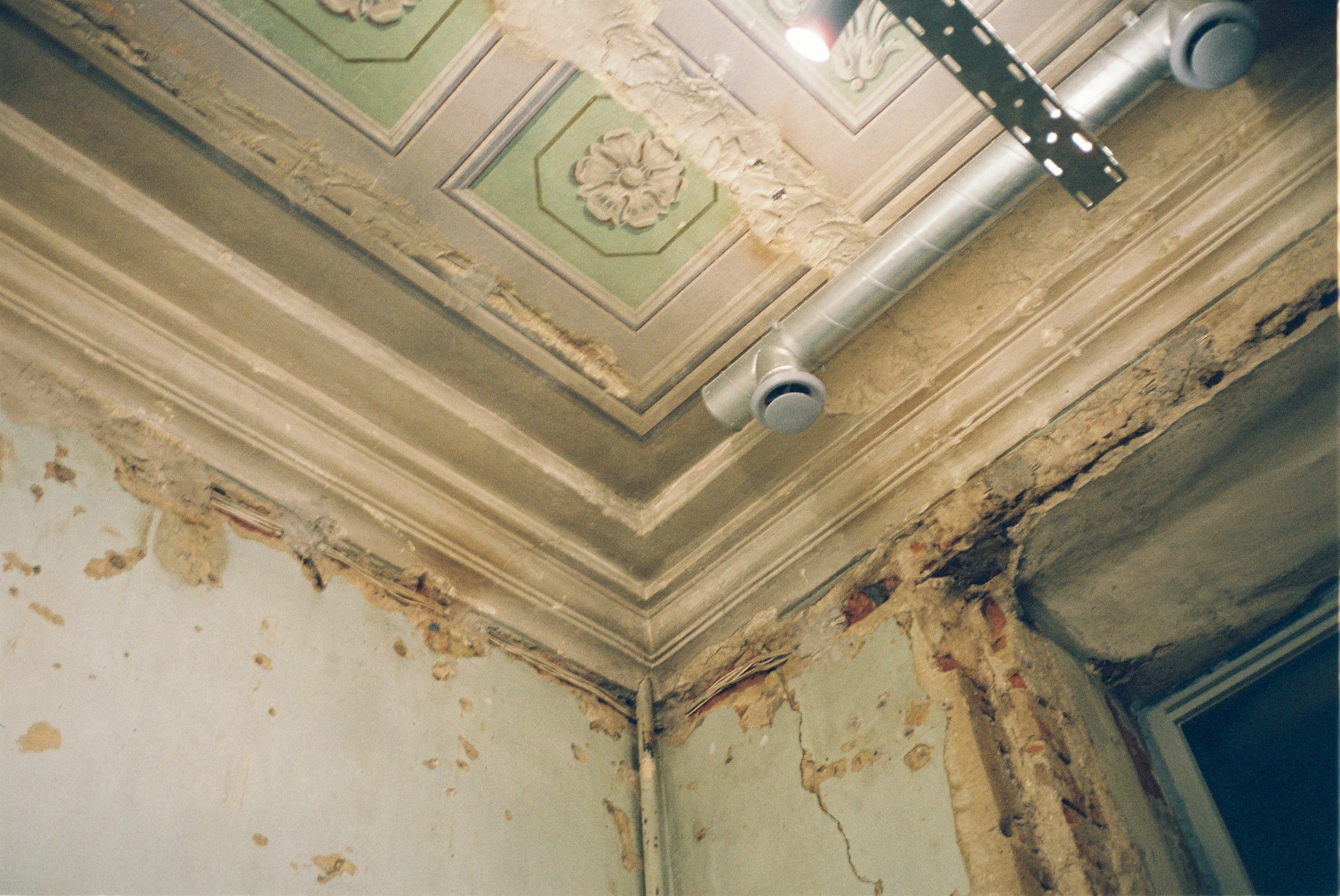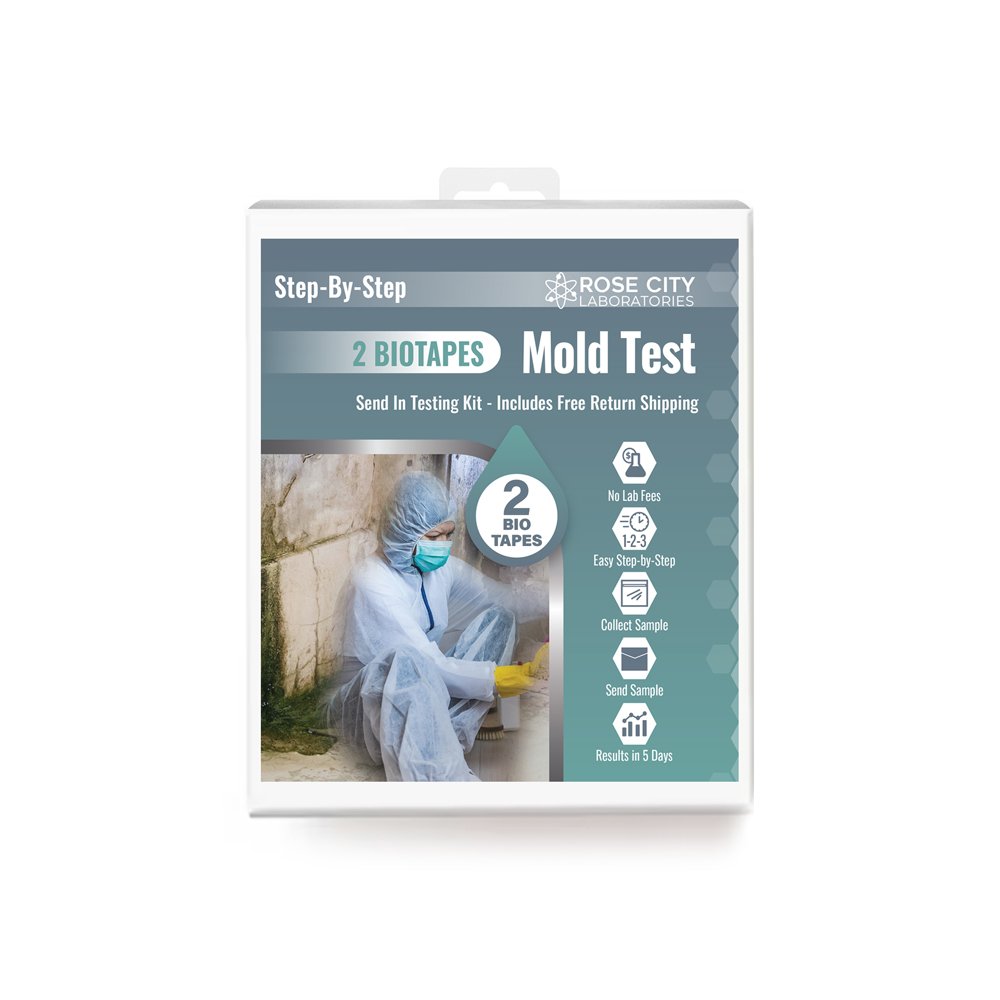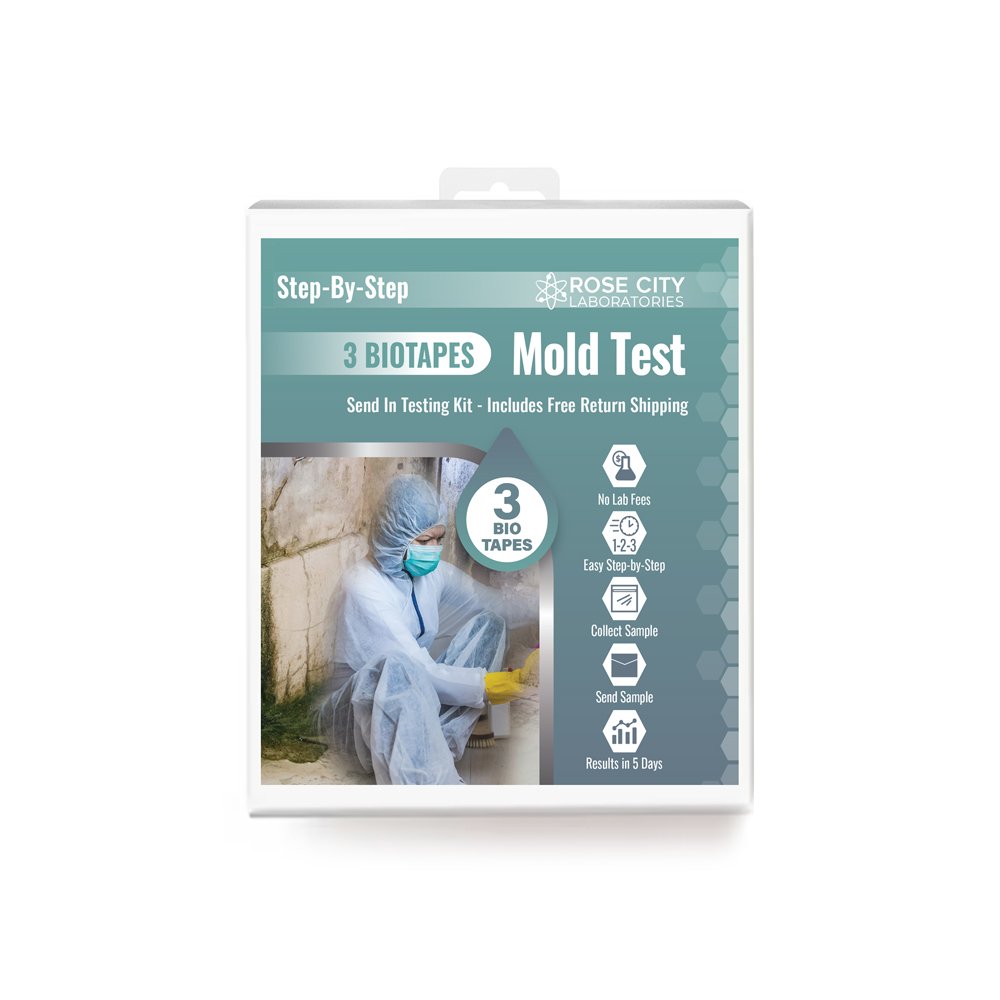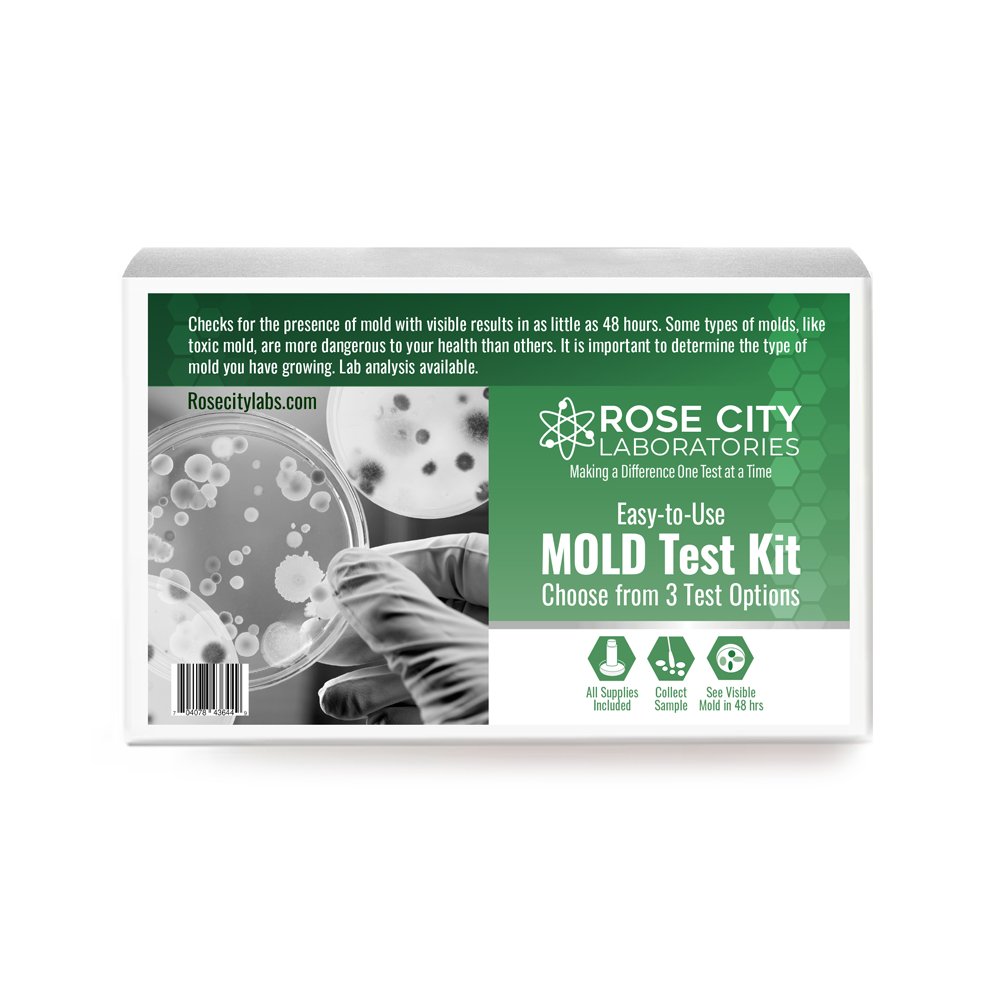
Mold & Indoor Air Quality
Indoor pollution sources that release gases or particles into the air are the primary cause of indoor air quality problems in homes. Inadequate ventilation can increase indoor pollutant levels by not having enough outdoor air to dilute emissions from indoor sources and by not carrying indoor air pollutants out of the home. We have services that our certified professionals use to help identify mold and the quality of your air at home.
Mold & Air Services
• Mold Surface Testing, which includes 3 surface tests
• Mold Carpet Testing
• Mold Inner Wall Testing
• Standard Air Quality, which includes 1 inside air test, 1 outside air test, and 1 surface test
• Air Quality Plus, which includes 1 inside air test, 1 outside air test, and 1 customer choice
Want a Test Kit instead?
Check out our line of DIY Testing Kits.
Our DIY MOLD Kits use either biotape sampling, which involves placing a piece of adhesive on the affected surface to collect mold particles for testing, or Petrie Dish air quality sample collection. You can then send in your sample for laboratory analysis. For the Biotapes, make sure to use minimal pressure to collect mold and mildew from the surface, avoid removing the paint, sheetrock, or other surface materials. This technique is a non-destructive way to test surfaces for the presence and type of mold spores. You can choose between having 2 or 3 biotapes for our mold kits that you can find below.
Are there federal regulations or standards regarding mold testing?
Currently, there are no EPA regulations or standards for airborne mold contaminants. Standards or Threshold Limit Values (TLVs) for airborne concentrations of mold, or mold spores, have not been set but are highly recommended to keep your family safe from long term diseases.
Preventative Measures for Mold
Inspect buildings for evidence of water damage and visible mold as part of routine building maintenance. Correct conditions causing mold growth (e.g., water leaks, condensation, infiltration, or flooding) to prevent mold growth.
Inside your home you can control mold growth by:
Controlling humidity levels;
Promptly fixing leaky roofs, windows, and pipes;
Thoroughly cleaning and drying after flooding;
Ventilating shower, laundry, and cooking areas.
Inner Wall Testing
The inner wall testing uses the same air sampling device and cassette, the only difference is that a hole will be drilled in the wall, a special attachment is inserted through the hole, and the sample is taken. If there is evidence of mold growth, such as a musty smell, but no clear suspect location, there could be a moisture problem in an inaccessible area (roof leak, pipe leak, poorly installed insulation, etc). After the sample has been taken, we then add a filler to the hole in order to patch the wall.
Carpet Sampling
Carpet Sampling uses a special filter head with the pump. We set down a little sampling quadrat over an uncovered but low traffic area of carpet, and drag the filter head in the quadrat in a grid pattern. The filter head is opened, dissolved and analyzed back at the lab.
Surface Sampling
Surface sampling is quick and easy. Areas of concern/apparent mold are selected, and then sampled using the biotape slides. These are another type of adhesive slide, just peel the cover off and lightly stick it to the selected area, and boom you're done.
Indoor & Outdoor Air Testing
For air testing, an air sampling device and cassette are used. For any number of indoor air samples taken, one outdoor sample must also be taken as a “baseline”. A solo indoor sample would have some useful information, but without the outdoor “baseline” it’s hard to say if there is a mold problem in the house, or if the house is just in an area conducive to mold growth. If all the same species are present in the indoor sample, and in lesser amount than the outdoor sample, that is normal, good air quality. If different species are present, or in higher amounts than the outdoor sample, that indicates mold growth in/near the area sampled.





